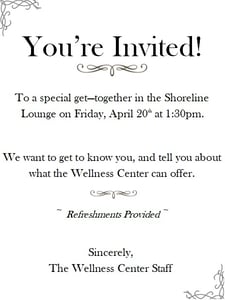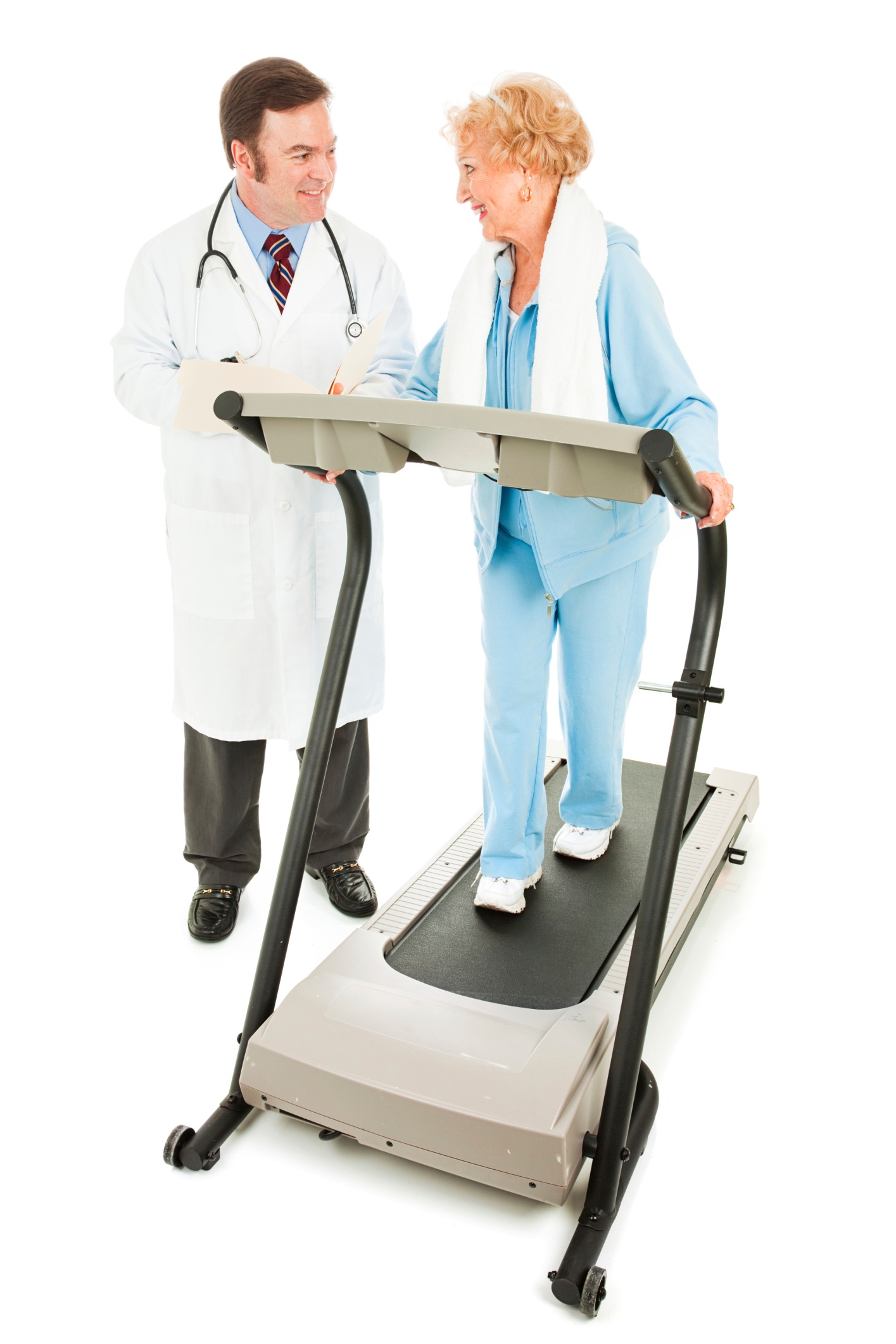 We all want to stay strong and active as we age, but real strength isn’t just about how much weight you can lift or how far you can walk—it’s about how you carry yourself. Good posture is like a superpower. It helps you move with confidence, reduces pain, and gives you more energy throughout the day. When we stand tall, everything from balance to breathing improves.
We all want to stay strong and active as we age, but real strength isn’t just about how much weight you can lift or how far you can walk—it’s about how you carry yourself. Good posture is like a superpower. It helps you move with confidence, reduces pain, and gives you more energy throughout the day. When we stand tall, everything from balance to breathing improves.
So before you push yourself with dumbbells or walk every hall of your community, start with the strength that comes from standing tall. Here are five simple ways to improve your posture and feel your best.
1. Stand Tall
The first step is self-awareness. Stand tall, take a deep breath, and imagine a string lifting the top of your head. Relax your shoulders down and back, tuck your chin gently, and feel your core engage. Using a mirror to check your posture throughout the day can help reinforce good habits.
2. Strengthen Your Core
Your core is like a natural back brace—it supports your spine and helps you stay upright. And core work is more than crunches. Try functional movements like seated marches, standing leg lifts, or Cat/Cow. Even simple balance exercises activate deep core muscles. A strong core means less back pain, better balance, and improved posture.
3. Improve Flexibility
If your shoulders round forward or your back feels tight, stretching is your best friend. Try opening up your chest by clasping your hands behind your back and gently lifting them away from your body. Tight chest, neck, and hip muscles are posture wreckers. Daily stretching helps release tension and supports better alignment.
4. Move Often
We weren’t designed to sit for hours a day. You don’t need a full workout to counteract sitting—just standing and moving every 30–60 minutes supports a healthy posture. Take a quick walk, roll your shoulders, or do a few core twists. Small, frequent movements help your spine reset and stay energized.
5. Practice Posture Daily
Posture improvement isn’t a one-and-done task; it takes consistency. Set reminders on your phone or place a “Stand Tall” sticky note on your mirror or fridge. Joining a weekly balance or fitness class can also help reinforce strong posture habits.
When you focus on posture, you’re not just standing taller—you’re moving stronger, feeling better, and living with more energy. So the next time you think about getting stronger, remember: it all starts with standing tall.

 Did you know by the time we reach age 30 we have reached what is called our “peak bone mass”? According to the American Academy of Orthopedic Surgeons, most of us will reach this peak between the ages of 25 and 30. As we age, it is imperative we are aware of the signs of Osteoporosis and how we can combat these symptoms and risk factors.
Did you know by the time we reach age 30 we have reached what is called our “peak bone mass”? According to the American Academy of Orthopedic Surgeons, most of us will reach this peak between the ages of 25 and 30. As we age, it is imperative we are aware of the signs of Osteoporosis and how we can combat these symptoms and risk factors. 
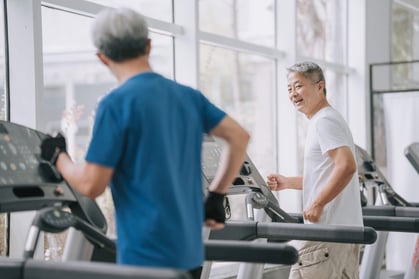 Congratulations! You’ve decided to get started with your fitness journey! Now what?
Congratulations! You’ve decided to get started with your fitness journey! Now what?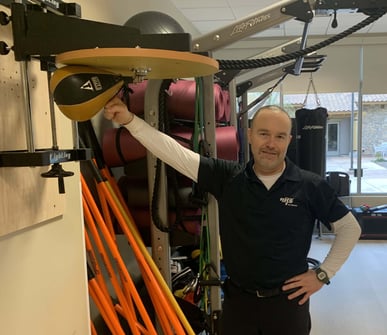 Training elements from boxing have become very popular in the active aging segment of the population so it stands to reason that it would be a great training element to include in a senior living fitness program. The benefits when done correctly are immense and include
Training elements from boxing have become very popular in the active aging segment of the population so it stands to reason that it would be a great training element to include in a senior living fitness program. The benefits when done correctly are immense and include 
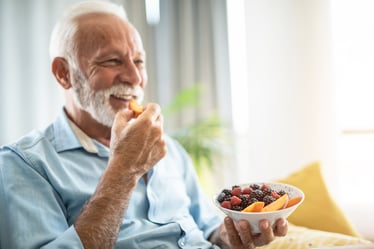 Throughout my career in the health and fitness industry, I am constantly asked “what’s the best” cardio equipment, snacks, health bars, time of day to exercise, etc. Hopefully I can shed some light on some simple but important questions and answers.
Throughout my career in the health and fitness industry, I am constantly asked “what’s the best” cardio equipment, snacks, health bars, time of day to exercise, etc. Hopefully I can shed some light on some simple but important questions and answers. 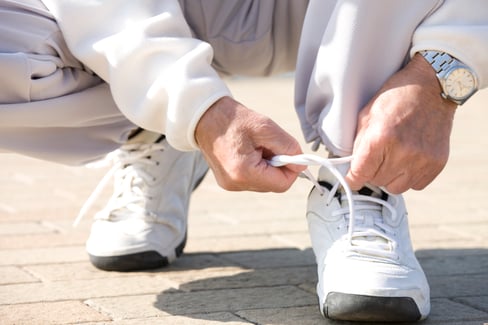
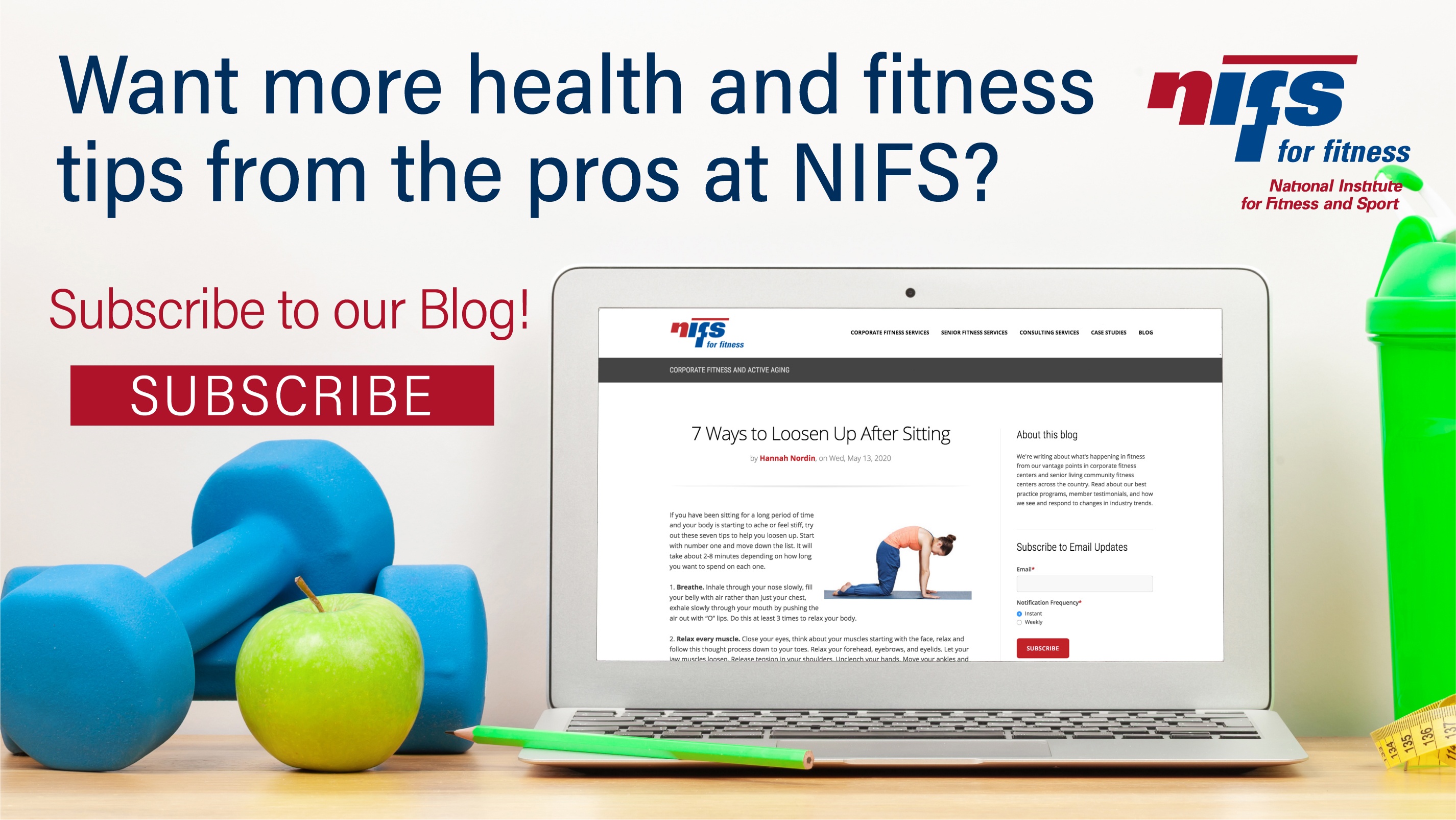
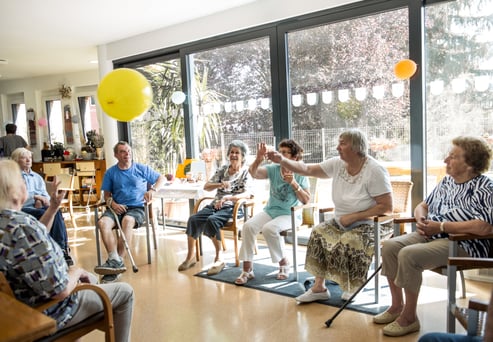 Throughout the past year, everyone’s wellness routine has been thrown upside down at some point or another. Maybe you figured out what your ‘new norm’ looks like, you are not sure where to start, or you are somewhere in the middle trying to find that new norm. A lot of the residents at the senior living community where I am employed are unsure of where to start, specifically after the pandemic.
Throughout the past year, everyone’s wellness routine has been thrown upside down at some point or another. Maybe you figured out what your ‘new norm’ looks like, you are not sure where to start, or you are somewhere in the middle trying to find that new norm. A lot of the residents at the senior living community where I am employed are unsure of where to start, specifically after the pandemic.